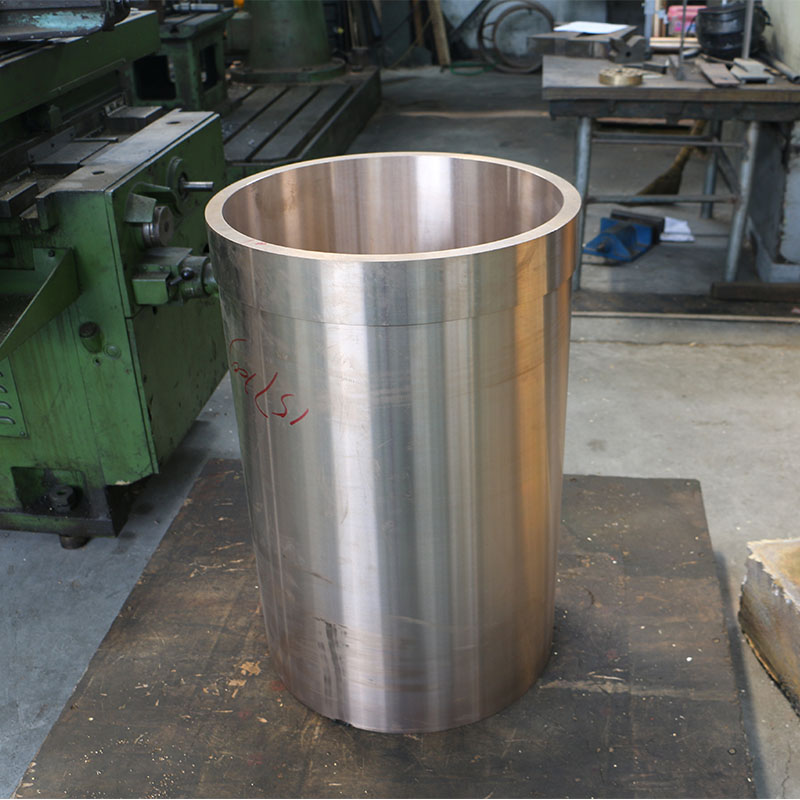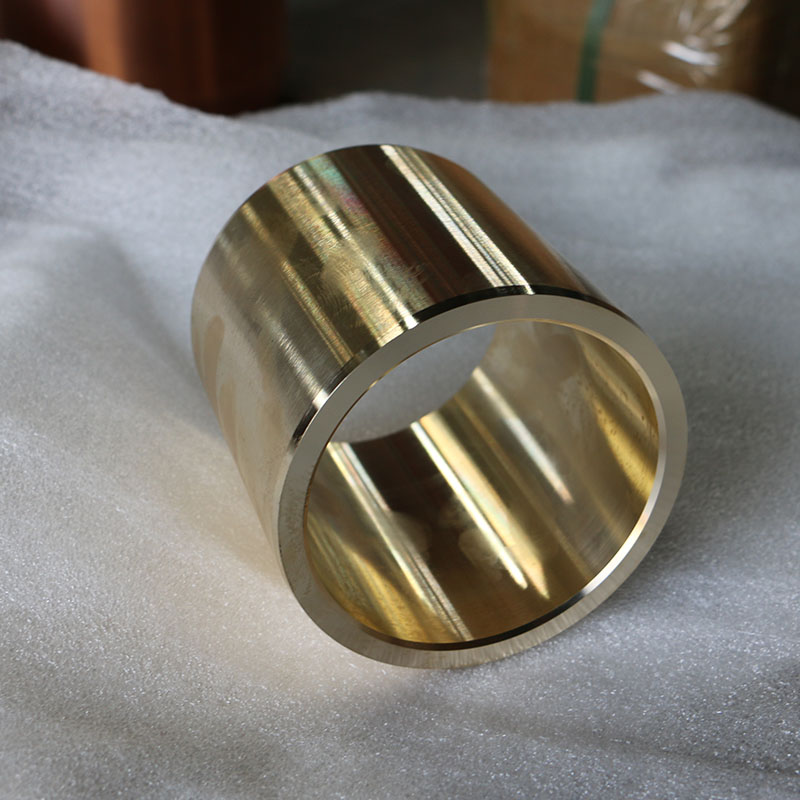 No. 16, 2nd Floor, Unit 2, Building 1, Geohome, at the intersection of Yushinan Road, Science Avenue, Zhengzhou High-tech Industrial Development Zone
No. 16, 2nd Floor, Unit 2, Building 1, Geohome, at the intersection of Yushinan Road, Science Avenue, Zhengzhou High-tech Industrial Development Zone
 Service Hotline +86 17719955658
Service Hotline +86 17719955658  Cell phone +86 17719955658
Cell phone +86 17719955658 The wear resistance test of bronze bushing is a complex process, which involves comparing the friction and wear properties of different bronze materials under specific conditions. Such experiments are usually conducted in a laboratory setting, using specialized equipment to simulate wear under real working conditions. The following is a detailed analysis of the wear resistance test of the bronze bushing:
1. Experimental purpose of wear resistance test of bronze bushing
The wear resistance experiment of bronze bushing is aimed at evaluating the wear resistance of different bronze materials and analyzing their wear mechanism. Through these experiments, suitable materials can be selected for making bronze sleeves to ensure their durability and reliability in practical applications.
2. Experimental materials and equipment for wear resistance test of bronze bushing
Experimental materials: commonly used bronze materials, such as QSn7-0.2, CuZn31Si1, Cu9Ni6Sn, etc.
Experimental equipment: MMW-1A friction and wear testing machine, SEM (scanning electron microscope), EDS (energy spectrometer), etc.

3. Experimental steps of wear resistance test of bronze bushing
Sample preparation: Different bronze materials are made into standard size samples.
Experimental conditions setting: according to the actual working conditions, set the load, speed and other parameters.
Friction and wear testing: The MMW-1A friction and wear testing machine is used to test under dry friction conditions.
Data recording: Record friction coefficient, wear rate and other data.
Surface analysis: SEM and EDS were used to analyze the wear surface morphology and element composition.
Result analysis: The friction and wear properties of different materials were compared and the wear mechanism was discussed.
Analysis of experimental results
Friction coefficient: Measure the average friction coefficient under different loads and speeds, and analyze its changing trend.
Wear rate: Calculate the wear rate under different conditions to evaluate the wear resistance of the material.
Wear mechanism: Combined with SEM and EDS analysis, the wear mechanism of different materials was discussed, such as abrasive wear, adhesive wear, fatigue wear, etc.
4. Experimental conclusion of waer resistance test of bronze bushing
Material selection: Based on the experimental results, select the bronze material suitable for the specific working conditions.
Performance optimization: The wear resistance of bronze sleeves can be further optimized by changing the material composition or process parameters.
Application suggestions: Suggestions for the use of materials in different application scenarios are proposed.
Experimental significance
The wear resistance test of bronze sleeve is of great significance for improving the performance and life of mechanical parts. By systematically evaluating the friction and wear properties of different materials, it can provide scientific basis for the design and manufacture of bronze sleeves, so as to ensure their efficient and stable operation under various working conditions.

5. Precautions for wear resistance test of bronze bushing
Experimental condition control: Ensure the stability and repeatability of experimental conditions.
Data analysis methods: Appropriate statistical methods were used to process the experimental data.
Verification of experimental results: The accuracy and reliability of experimental results are verified through practical application scenarios.
In short, the wear resistance experiment of bronze bushing is a comprehensive evaluation process, involving material selection, experimental design, data analysis and many other aspects. Through these experiments, the service life and reliability of the bronze sleeve can be effectively improved, the maintenance cost can be reduced, and the overall mechanical properties can be improved.
